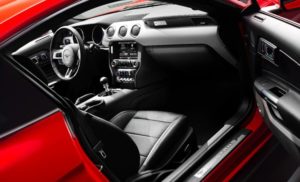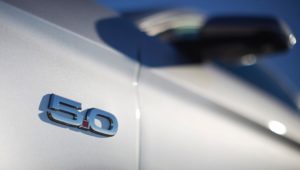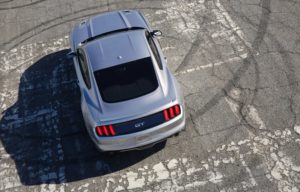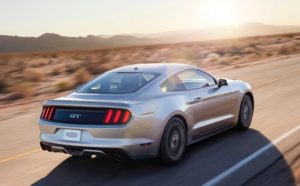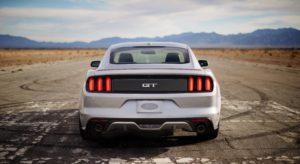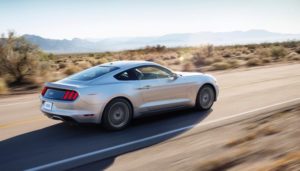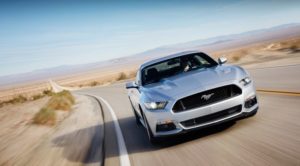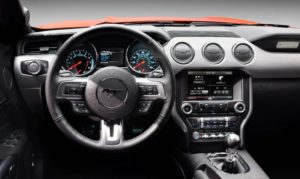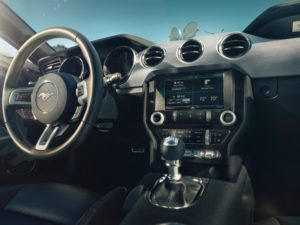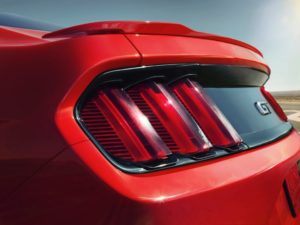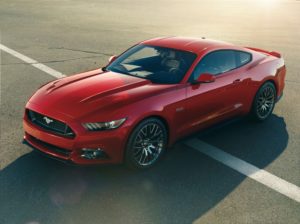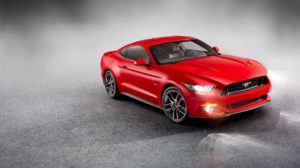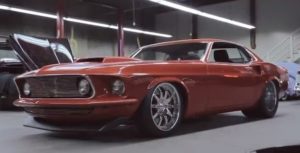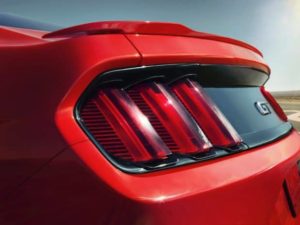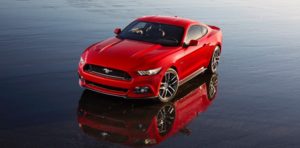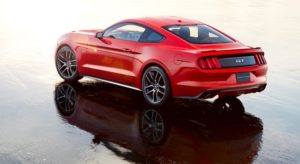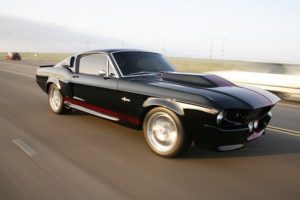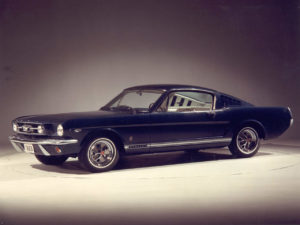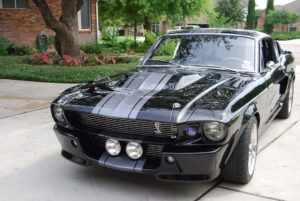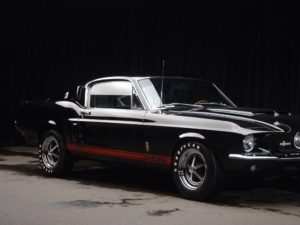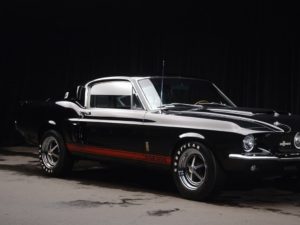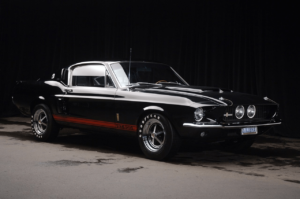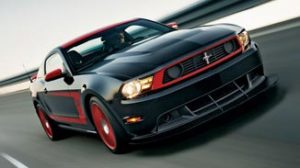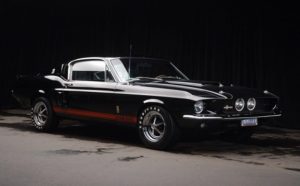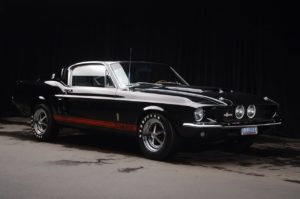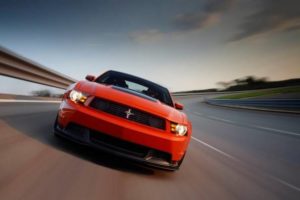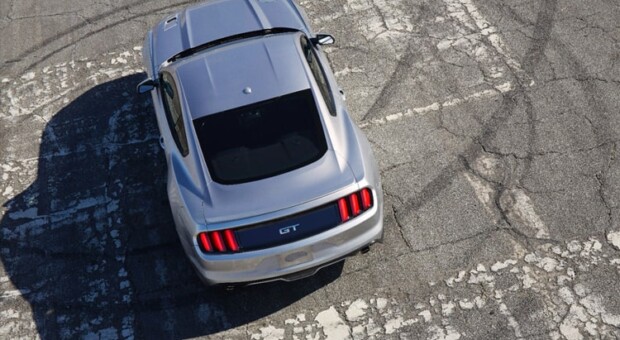
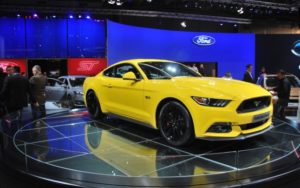 When it comes to American muscle cars, two names stand out from the crowd: the Ford Mustang and the Chevrolet Camaro.
When it comes to American muscle cars, two names stand out from the crowd: the Ford Mustang and the Chevrolet Camaro.
Both cars have a storied history and a passionate following, making them icons of American automotive culture. This comparison seeks to dive deep into the pros and cons of each, offering enthusiasts and potential buyers alike a detailed look at what each vehicle offers. Whether you’re a fan of the roaring Mustang or the aggressive Camaro, this showdown is optimized for Google to ensure fans and curious readers can easily find a comprehensive comparison of these two legendary cars.
Ford Mustang: The Quintessential Muscle Car
Pros:
- Performance Variability: The Mustang offers a wide range of engines, from the efficient EcoBoost turbocharged four-cylinder to the powerful V8 found in the GT and Shelby GT500 models. This variability ensures there’s a Mustang for every type of driver, whether you prioritize fuel economy or raw power.
- Iconic Design: The Mustang’s design is instantly recognizable, blending modern aesthetics with classic muscle car elements. This iconic look appeals to a broad audience, from young enthusiasts to nostalgic collectors.
- Advanced Technology: Recent models of the Mustang come equipped with Ford’s latest technology, including the SYNC infotainment system, advanced driver assistance features, and customizable digital instrument clusters, enhancing both safety and driving experience.
- Handling and Comfort: The Mustang has evolved to offer not just straight-line speed but also engaging handling dynamics, thanks to its independent rear suspension. Additionally, its interior is surprisingly comfortable and spacious for a sports car, making it suitable for daily driving.
Cons:
- Visibility Issues: The Mustang’s sleek design comes at the cost of visibility, with some drivers finding the rearward and side views somewhat restricted.
- Interior Material Quality: While the design and technology inside the Mustang are commendable, some critics feel the quality of materials used in the cabin could be improved, especially in lower trim levels.
- Rear Seat Space: As with many sports cars, the rear seat space is cramped, making it less practical for carrying passengers on a regular basis.
Chevrolet Camaro: The Aggressive Challenger
Pros:
- Exceptional Performance: The Camaro stands out with its performance, particularly with the V8 engines in the SS and ZL1 models. It offers exhilarating acceleration and power, matched with an agile and responsive chassis that excels on both the road and track.
- Driver-Focused Interior: The Camaro’s interior is designed with the driver in mind, featuring an intuitive layout and controls. The front seats are supportive and comfortable, ideal for long drives and spirited driving sessions.
- Distinctive Style: The Camaro’s design is bold and aggressive, making a statement wherever it goes. Its styling cues pay homage to its heritage while pushing the envelope forward, attracting those who want to stand out.
- Competitive Pricing: Across its range, the Camaro often undercuts the Mustang in terms of pricing, offering remarkable performance and features for the money, making it an attractive option for budget-conscious buyers.
Cons:
- Limited Visibility: Like the Mustang, the Camaro suffers from visibility issues, with a high beltline and small windows that can make maneuvering in tight spaces a challenge.
- Confined Interior Space: The Camaro’s interior, while driver-focused, feels more cramped compared to the Mustang, with limited headroom and a compact cabin feel.
- Infotainment System Learning Curve: Some users find Chevrolet’s infotainment system to have a steeper learning curve compared to the systems found in its competitors.
Conclusion
- Ford Mustang 1966
- Ford Mustang
The Ford Mustang and Chevrolet Camaro continue their rivalry with strong entries that appeal to a wide range of drivers looking for American muscle. The Mustang impresses with its blend of performance, iconic design, and daily usability, while the Camaro counters with aggressive styling, exceptional power, and driver-focused dynamics. Ultimately, the choice between these two comes down to personal preference in styling, brand loyalty, and specific performance desires. Both cars embody the spirit of American muscle, offering thrilling driving experiences and a deep connection to automotive history


